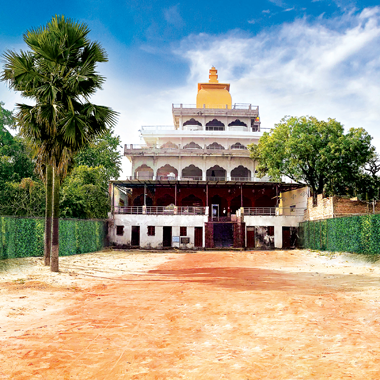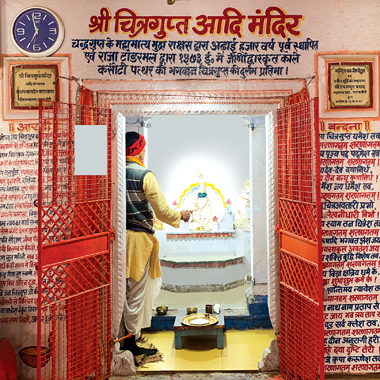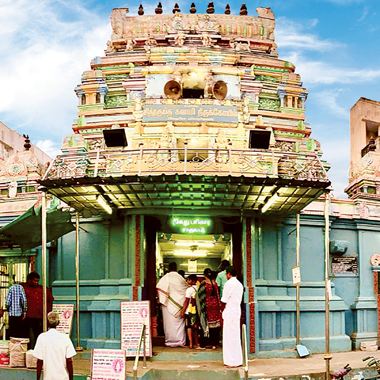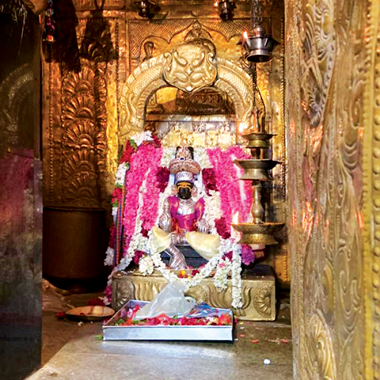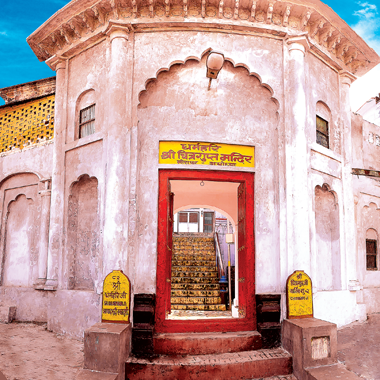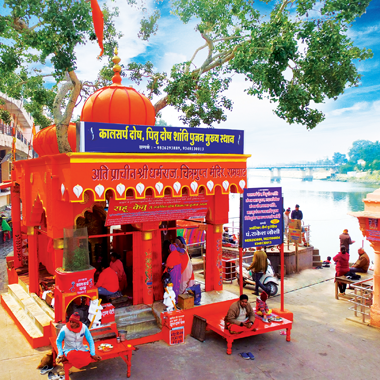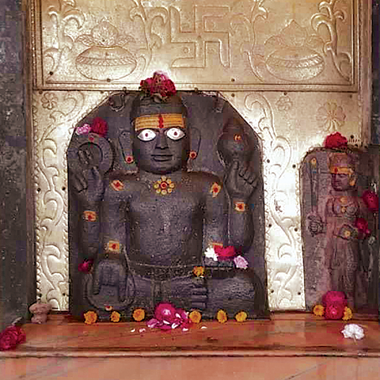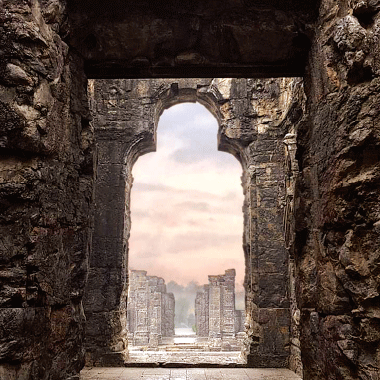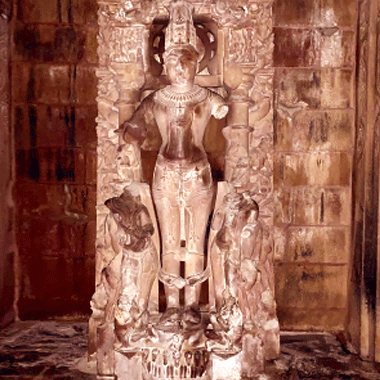
Temples in India
What St Peter is to Christians, Shri Chitragupta is to Hindus. Both maintain an account of each human being’s good and bad deeds, and without their go-ahead, no one can enter heaven. Shri Chitragupta is the record-keeper of virtues and sins and is the patriarchal ancestor of the Kayastha community.
More than a dozen states in India are dotted with temples of Shri Chitragupta, some of which are of great antiquity. Several great Kayastha rulers: LalitadityaMuktapida of Kashmir, the rulers of the Pala dynasty, and several rulers of the Chaulakya, Satvahana, Chandela, Pallava, and Chola dynasties, among others, constructed several magnificent temples on the land over which they ruled. Documenting all these temples would require a separate volume. For the purpose of this book we have paid attention principally to three kinds of temples: One, the four ancient Shri Chitragupta temples which form part of a dham or the Shri Chitragupta circuit, where the presiding deity is Shri ChitraguptaMaharaj, and secondly, those major Sun God or Surya temples which were constructed by Kayastha rulers, and thirdly, we have, at the same time, pictorially documented several minor Shri Chitragupta temples dotting various states in India.
The importance of temples in India is not only religious but also hugely civilizational: temples lay the foundations of societal and community unity. Temples as we know, were in older days not merely centres of idol-worship. They were centres of convergence of the cultural, educational and intellectual activities of the community. These centres had huge followings and they acted as platforms for providing moral and spiritual guidance and direction to members of the society of the time.
There are four major ancient temples of Shri Chitragupta, forming a kind of char dham or Kayastha pilgrimage circuit. These are Adi Shri Chitragupta Temple located at DiwanMohalla in Patna City (Bihar), Shri ChitraguptaSwamy Temple in Kanchipuram (Tamil Nadu), Shri DharamrajChitragupta Temples in Kayatha and Ankpat, Ujjain (Madhya Pradesh), and Dharam Hari Shri ChitraguptaMandir in Ayodhya, (Uttar Pradesh).
Besides these ancient Kayastha temples, there are four major sun temples in India which were reportedly constructed by great Kayastha rulers. These illustrious sun temples are Martand or the Sun God temple in Kashmir, the Chitragupta Temple housing the Sun God in Khajuraho, the Konarak Sun God temple in Odisha, and Modhera Sun God temple in Gujarat.
Looking at the pattern of construction of the Shri Chitragupta temples and Surya or Sun God temples in India, one may safely conclude that their construction was by Kayasth rulers. The Hindu temples of the superior gods forming the Hindu holy trinity -- Vishnu, Brahma, and Mahesh – could have been constructed by any resourceful patron or king but going by a commonsensical hunch, the construction of temples dedicated to the second order of Hindu gods must have been the work of highly resourceful community members who had the means to construct and patronize them. We have presupposed, therefore, that all the minor Shri Chitragupta temples or Sun God temples in India must have been constructed with the aid and support of resourceful Kayasthas. However, in all the major temples, our research teams have been able to establish Kayastha patronage and connections to the temples, beyond reasonable doubt.

 Media
Media